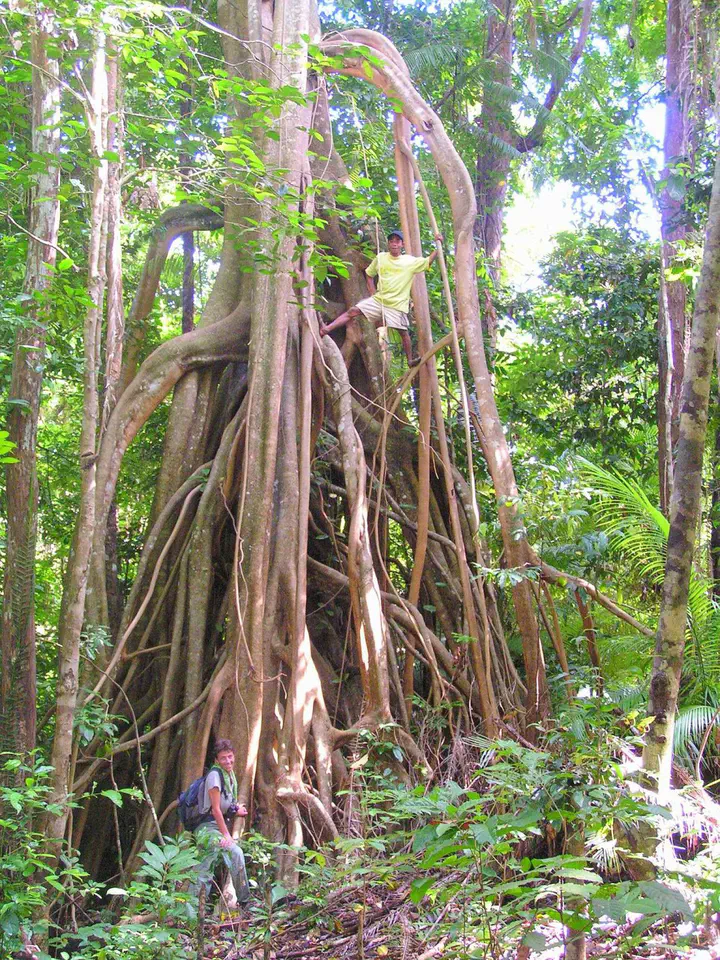FOS Scientist contributes to study 'From earthquakes to island area: multi-scale effects upon local diversity'

Indonesia’s forests host an astonishing diversity of plants and animals. Considering trees alone, Indonesia boasts thousands of unique species. But this diversity varies among and within the islands. What explains these patterns?
Our new collaborative study involving Prof Ferry Slik from UBD and led by Liam Trethowan (Kew, UK) sought answers. We gathered and analyzed data on tree species from 215 plots across 15 islands. We found that bigger islands and more consistent rainfall were associated with more species. Interestingly, areas with frequent volcanic eruptions or earthquakes had slightly less diversity. These geologically active areas are common in the region but our analyses suggest areas with a more stable geological past tend to support more tree species.
The study is a starting point and there is plenty still to do. Given the continuing deforestation in the region we need to clarify where species are at risk. We need more observations from many regions—we note southeast Sulawesi, Flores, Sumba and Indonesian New Guinea in particular. Habitats such as the localised ultramafic regions that host a specialised tree flora, and are currently a focus for mining developments in Halmahera and neighbouring islands, also require urgent attention.
The full article is available here: https://nsojournals.onlinelibrary.wiley.com/doi/10.1111/ecog.07038